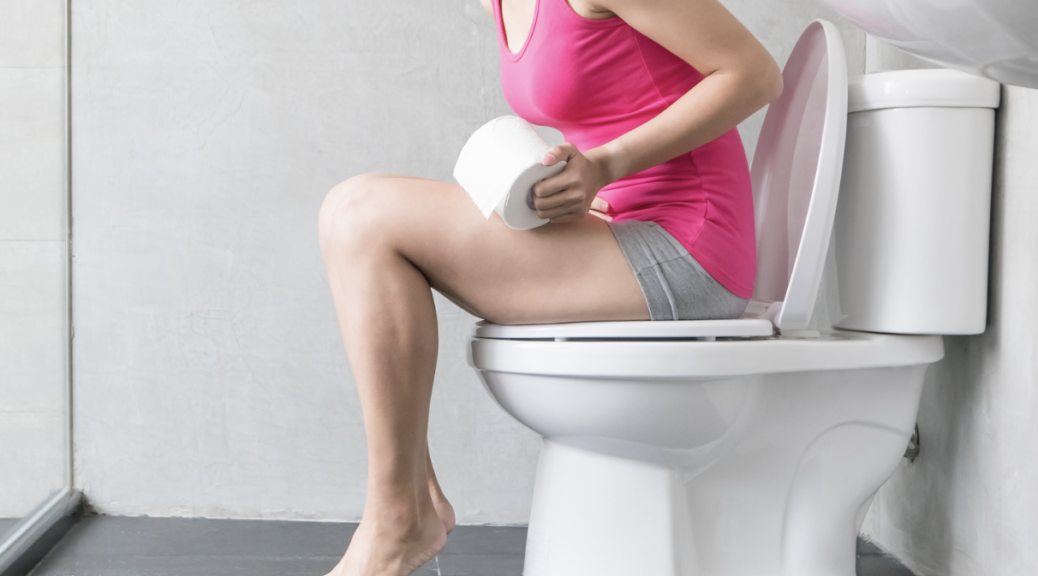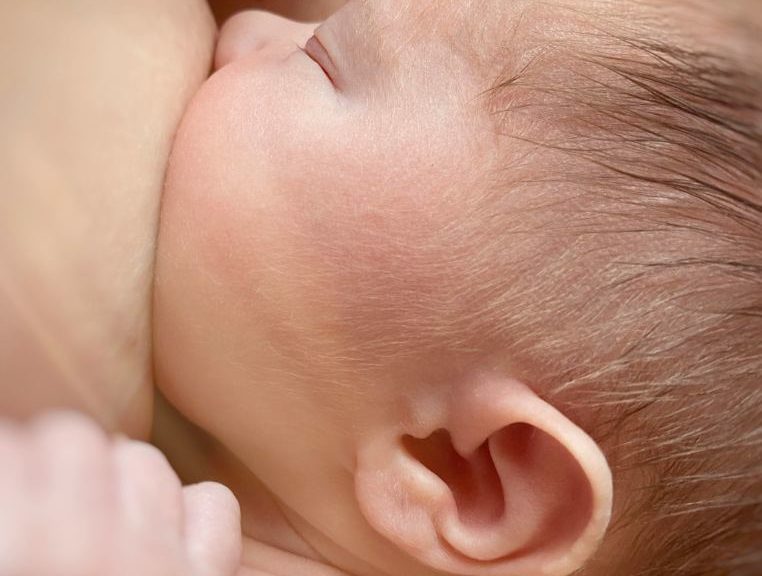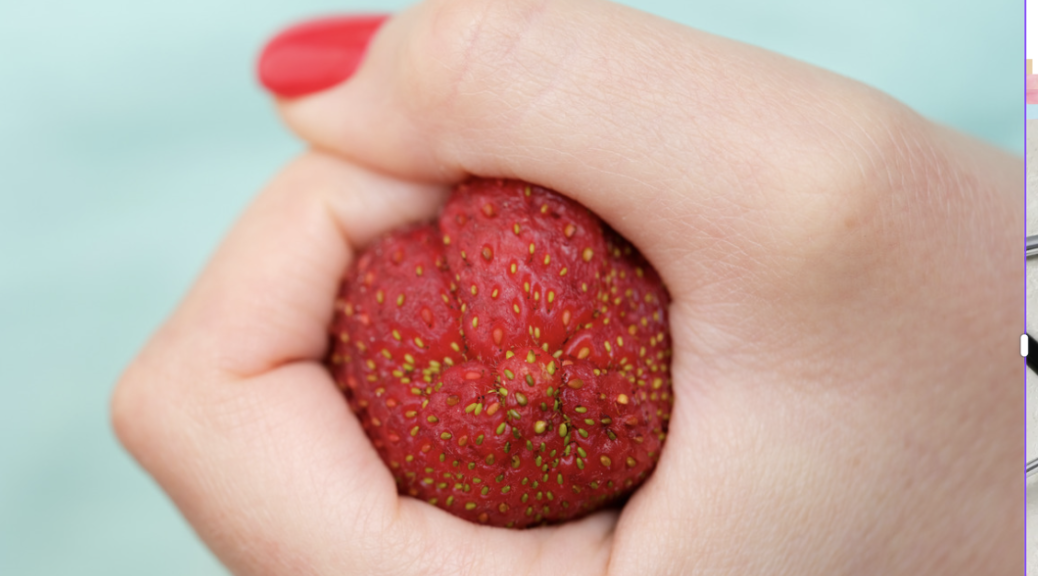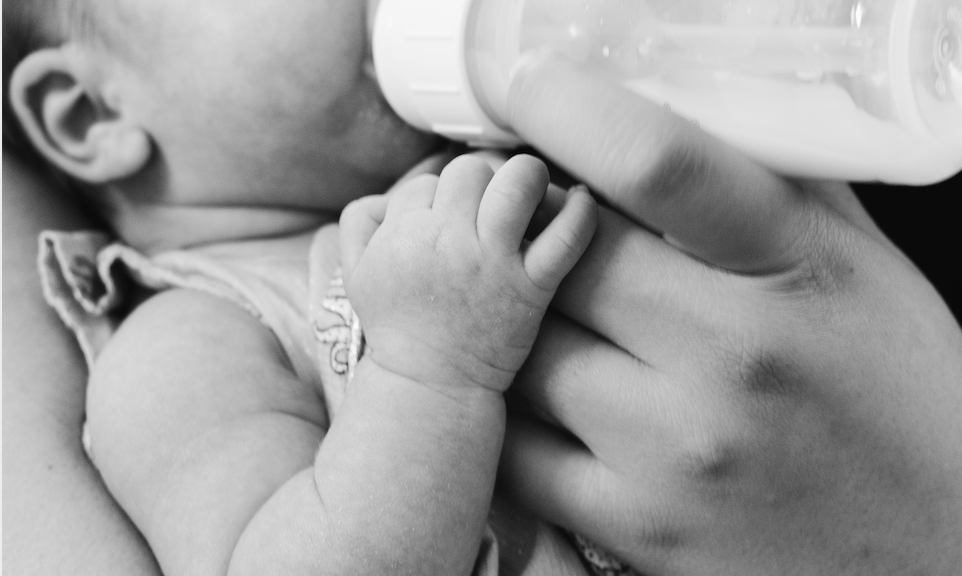Feeding refusal after a frenectomy
Among the risks and possible consequences related to frenotomy (the tongue-tie release procedure), the most common complication is post-operative hemorrhage, which is reported in various studies to affect between 3-19% of cases. Although this is the most frequently mentioned complication in the scientific literature, an underestimated complication experienced by many families must be considered. This is the baby’s refusal to breastfeed after the intervention. We know that in many cases, it is recommended to give pain relief as a routine…









